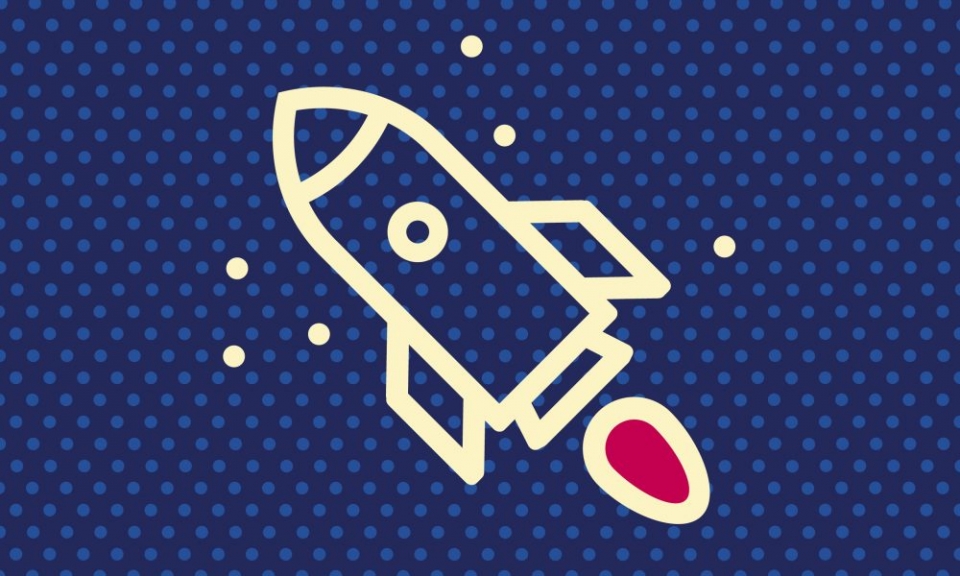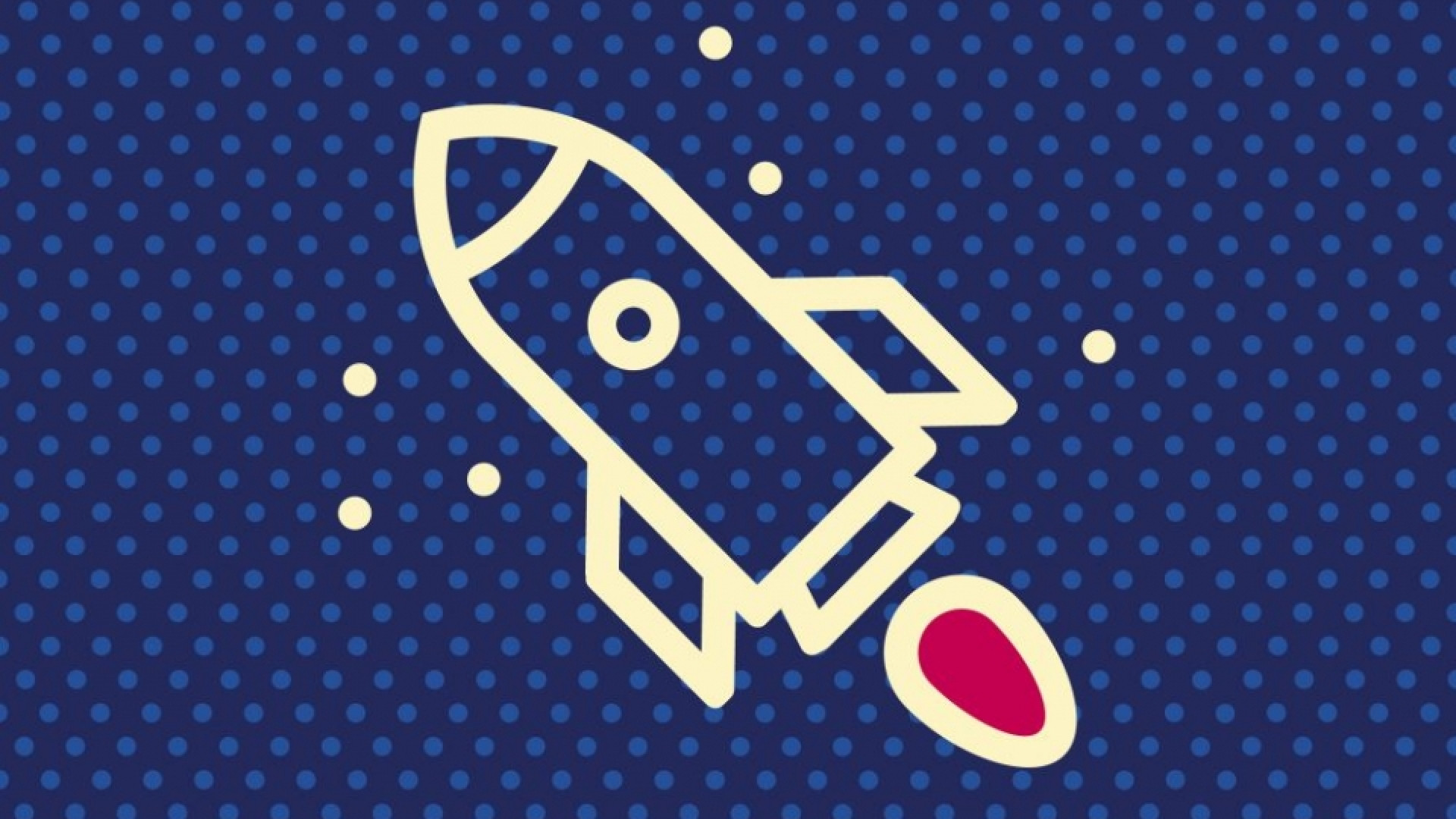

To unlock creative ideas most of us need to make space and time to ‘unplug’. To some extent ideas can come from anywhere but in reality a significant factor in unlocking ideas is allowing our subconscious to takeover!
"Big ideas come from the unconscious... But your unconscious has to be well informed, or your idea will be irrelevant. Stuff your conscious mind with information, then unhook your rational thought process. You can help this process by going for a long walk, or taking a hot bath... Suddenly, if the telephone line from your unconscious is open, a big idea wells up within you.” David Ogilvy.
The most creative people I’ve worked with have a voracious appetite to ‘digest' an eclectic array of information. This then allows their subconscious the opportunity to mix, match and mingle. Percolating ideas and merging seemingly unrelated concepts. Then through their rational thought process they order, disorder, construct and deconstruct.
So how does it work? The creative process isn't a linear activity. It works through aptitude, attitude and a desire to be inquisitive about information and solving problems. Ideas can and do pop up in the middle of a walk, driving or thinking about something completely unrelated to a brief or problem: our subconscious at work, but it can only get creative once we’ve put in a problem, a challenge and information - both related and unrelated.
In an increasingly ‘plugged in' world, it can feel like an impossible task to ‘unplug’, especially when the meter's running in a commercial environment. It takes a bit of mental effort and sometimes courage when others around you may not immediately appreciate you taking off for another walk or hot bath!
As a designer, when I’ve been briefed on a project I try to get started as soon as I can. Not physically 'designing' but reading, researching, thinking and debating the challenge with the rest of the team; clarifying the challenge and testing out thinking - way before I eventually start scratching out some visual thoughts and ‘designing’.
Depending on the scale of the project this can range from a few short conversations to a few hours mulling things over. Then I’m keen to leave it for a bit if I can and ‘unplug'. If I need to have something for the next day I'll try short sprints — fail fast style — and try to put a bit of space between the sprints. 'Unplugging' but coming back to the problem fresh each time.
For most creative people it's never a 9-5 occupation, you never switch off thinking creatively but in reality you may need to make space to ‘unplug’. For me this means scheduling time in my diary ahead of time when I know a job needs to be looked at, and honour this time like any other meeting time.
I make daily lists of priorities, each day moving tasks across to a fresh list. Post it notes, printouts, note books - basically what ever it takes to make space to ‘unplug’, think and do.

